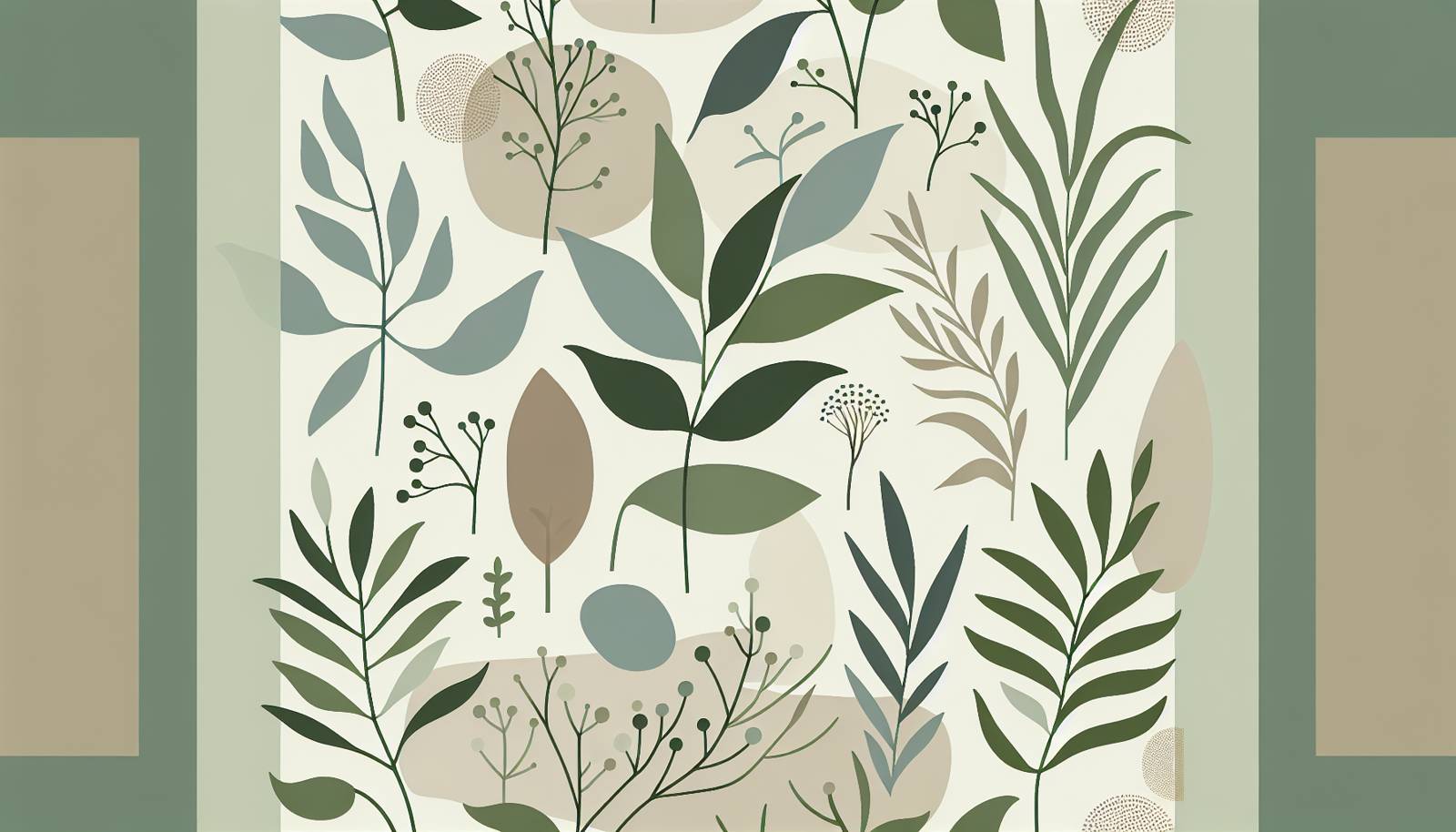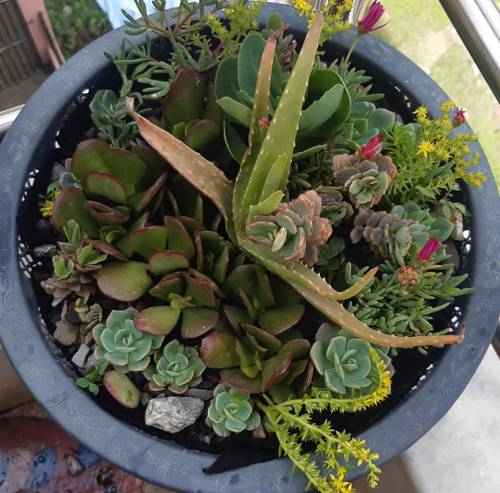
FAQ About Indoor Plant Carbon Sequestration

What is carbon sequestration in indoor plants?
Carbon sequestration in indoor plants refers to the process by which plants absorb carbon dioxide (CO2) from the atmosphere and store it as biomass through photosynthesis. Indoor plants can play a role in improving air quality by taking in CO2 and releasing oxygen.

How effective are indoor plants at sequestering carbon compared to outdoor plants?
Indoor plants typically have a smaller impact on carbon sequestration compared to outdoor plants due to their smaller size and limited exposure to sunlight. However, they still contribute to air purification in indoor environments by absorbing CO2 and other pollutants.

Which indoor plants are most efficient at absorbing CO2?
Certain indoor plants are noted for their ability to absorb CO2 effectively. These include the spider plant (Chlorophytum comosum), peace lily (Spathiphyllum spp.), and bamboo palm (Chamaedorea seifrizii). These plants not only help in sequestering carbon but also improve overall indoor air quality.

Can indoor plants significantly improve air quality by sequestering carbon?
While indoor plants do contribute to improved air quality by absorbing carbon dioxide and other pollutants, their overall impact on carbon sequestration is relatively small due to their limited size and number compared to large-scale outdoor vegetation.

What are the environmental benefits of having indoor plants?
Indoor plants provide several environmental benefits, including improving air quality by absorbing CO2 and pollutants, increasing humidity levels, reducing indoor air temperatures, and even providing a sense of well-being and reducing stress levels for occupants.

Does the type of plant affect the rate of carbon sequestration indoors?
Yes, the type of plant can significantly affect the rate of carbon sequestration. Species with larger leaf areas and faster growth rates tend to sequester more carbon. However, the overall impact indoors is modest compared to natural landscapes.

How can I maximize the carbon sequestering potential of my indoor plants?
To maximize the carbon sequestering potential of indoor plants, choose species known for high CO2 absorption, provide adequate sunlight, ensure proper watering and care, and increase the number of plants in your space to enhance the collective effect.

Are there any studies on the carbon sequestration capacity of indoor plants?
Yes, there are studies that explore the carbon sequestration capabilities of indoor plants. These studies often focus on the potential of different species to absorb CO2 and other air pollutants, though results indicate that while they contribute, the scale is limited compared to outdoor ecosystems.

How does photosynthesis help indoor plants sequester carbon?
Photosynthesis is the process through which plants absorb CO2 from the air, using it alongside sunlight to produce glucose and oxygen. This not only helps in building plant biomass but also contributes to improving air quality by reducing CO2 levels indoors.

Do indoor plants require special care to enhance carbon sequestration?
Indoor plants do not require special care specifically for carbon sequestration, but ensuring they are healthy and thriving—by providing adequate light, water, and nutrients—will maximize their natural ability to purify air and absorb CO2.

Is there a limit to how much carbon indoor plants can sequester?
Yes, there is a limit to the amount of carbon indoor plants can sequester, determined by factors such as the plant's size, growth rate, and environmental conditions. Their contribution is beneficial but relatively modest compared to outdoor forests and landscapes.

Can indoor plants alone significantly reduce the carbon footprint of a household?
Indoor plants can contribute to reducing a home's carbon footprint by absorbing CO2 and improving air quality, but their impact on reducing overall carbon emissions is limited. Complementary measures like energy conservation and reducing fossil fuel use are more effective for significant carbon footprint reduction.

Are there any downsides to using indoor plants for carbon sequestration?
One downside is that the impact of indoor plants on carbon sequestration is limited. Additionally, without proper care, plants can accumulate dust and pests, which may counteract their benefits. However, with proper maintenance, indoor plants provide more advantages than drawbacks.

How many indoor plants are needed to have a noticeable impact on air quality?
The number of indoor plants required to noticeably improve air quality varies depending on room size, plant type, and individual plant size. Generally, having several well-selected plants in different areas can help enhance indoor environmental quality, but their impact remains relatively modest.

What other pollutants can be reduced by indoor plants besides CO2?
In addition to CO2, indoor plants can help reduce levels of other pollutants such as volatile organic compounds (VOCs), benzene, formaldehyde, and trichloroethylene. These are common in indoor environments and can contribute to health problems if not managed.

How do indoor plants compare with artificial air purifiers in terms of effectiveness?
While indoor plants contribute to reducing pollutants and increasing oxygen levels, artificial air purifiers are often more effective at removing a wide range of particles and allergens from the air quickly. However, plants add aesthetic and psychological benefits that purifiers do not.

Can placing indoor plants near windows enhance their carbon sequestration ability?
Yes, placing indoor plants near windows can enhance their ability to sequester carbon because increased sunlight exposure supports photosynthesis, enabling plants to absorb more CO2 effectively.

Do plants grow indoors sequester less carbon than those outdoors?
Generally, indoor plants sequester less carbon than outdoor plants because they receive less sunlight, which is essential for photosynthesis, and often grow in controlled environments that do not support as large a biomass as outdoor conditions.

What role do soil and pot size play in indoor plant carbon sequestration?
Soil and pot size can influence plant health and growth, which in turn affects carbon sequestration capacity. Larger pots and adequate soil provide more room for root development, facilitating healthier growth and potentially increasing the plant's ability to absorb CO2.

Are there technological advancements that can improve indoor plant carbon sequestration?
Technological advancements such as smart gardening systems that optimize light, water, and nutrient supply can improve plant health and growth, thus potentially enhancing their carbon sequestration capacity in indoor settings.
